Military CIOs Prepare to Pass the Baton
Department of the Air Force Chief Information Officer (CIO) Lauren Knausenberger announced on February 22 that she will retire in June from her position of leading the department’s technology enterprise and managing a $17 billion portfolio. A civilian leader from industry, Knausenberger served in the department—which includes both the Air Force and Space Force—for six years, ushering the department through information technology modernization, the move toward the Advanced Battle Management System, zero trust and the pandemic.
Meanwhile, Department of the Navy CIO Aaron Weis will move on from his position in March after five years in the DON CIO office, where he has overseen the sea services’ IT and National Security System portfolio since 2019.
The leaders spoke at the AFCEA Rocky Mountain Chapter’s Cyberspace Symposium in Colorado Springs, Colorado.
“My personal goal was, I want to leave the Navy better than I found it and I think I can say that,” Weis said. “And we're on a path.”
Their industry-garnered leadership was needed at a time when the Department of Defense (DoD) began shifting to face a near-peer adversarial environment that calls for advanced cybersecurity, increased resilience, global communications and emerging technologies such as artificial intelligence and quantum solutions.
“During the pandemic, we deployed 700,000 seats of Office 365,” Weis stated. “We put the Navy on a path to wholesale modernization. We're doing Cyber Ready, changing how we approach cybersecurity. And we are at the point now where there are thousands of sailors and Marines and civilians who are working on this, so it's just gratifying to see.”
The Navy CIO had never imagined working in the federal government, at the DoD, but was glad he answered the call to help his country’s military.
“If you had told me six years ago that I was going to be a CIO in government, I would have said you're crazy,” Weis said. “But five years ago, I got a call from a mentor and friend, who asked me to give up, what my wife would say, was my perfectly good Fortune 500 CIO job and go to the Pentagon to help out. And I did that. And why did I do it? I never had an opportunity to serve in uniform. My dad was in the Navy, so there was an emotional connection there and I was born in Norfolk, Virginia, but I had never served. So, it was an opportunity to serve.”
“Of course, at the time, I told my spouse that it was probably a two-year deal,” Weis said. “And I am in year five.”
“That’s what I told my spouse,” Knausenberger laughed.
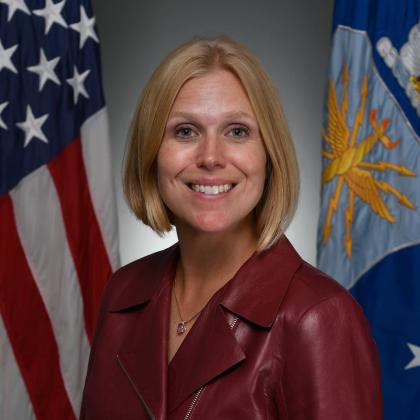
I have loved serving for the past six years. I love solving problems with you and half this room. I have seen incredible progress and I feel that the future is in good enough hands that I can run through the tape in a few more months.
In many ways, the pandemic interrupted the IT cycle that the DoD was on, speeding up necessary improvements, the CIOs said. “I look back over six years … and I see how far we've come,” she noted. “Three years ago, we were literally debating if the department needed collaboration tools.”
“I remember a meeting at the Pentagon with a three star that asked the question, ‘Why do we need cloud?’” Weis recalled.
The technology leaders have seen the recognition of digital solutions grow, with more DoD officials now understanding the vital role it does and will play. “[With] funding cyber and IT too, I feel like I see the respect of this community just go up significantly—this has always been a [stellar] community—but I think that everybody knows it now. Everybody sees this as the foundation for our future competitive advantage.”
The Air Force CIO is optimistic about the coming technology investments from the service, saying that if the Program Objective Memorandum, or POM process, for next year goes “the way that I think it will, I feel really good about fiscal year 2024,” Knausenberger shared.
A lot of that anticipated investment in Air Force IT will go into zero trust components, sensors and addressing the "tech debt," putting in place the technology needed for warfighters to do their jobs. “We know that the things zero trust, cloud, connectively, data from anywhere to anywhere, and having the ability to leverage AI to make decisions, that is going to be huge, and we also need cybersecurity at the same time,” Knausenberger said.
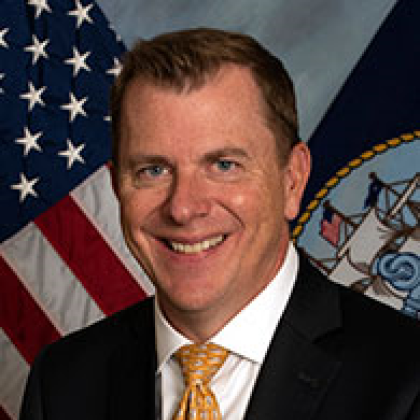
My other observation coming from industry is the turnover, especially amongst leadership ranks both on the civilian and uniformed side is relentless. And it is damaging.
In addition, with Air Force Chief Experience Officer Colt Whittall, Knausenberger brought new light to the importance of technologies that are designed to work well for users. “With operationalized UX [user experience], it is about warfighter effectiveness,” she explained. “With the early airplanes ... we were losing pilots, Colt [says]. This was in World War II, and we were having pilots crash, and they thought that we needed to train our pilots better. No, we needed to design our cockpits better. It was not intuitive for pilots, under duress, to have to figure out this really weird thing. With our mission, if it isn't intuitive, we're not doing what we need to do.”
Knausenberger applauded the accomplishments, knowing the contribution technology will make to the service.
“My exit criteria have been met too,” she said. “I have loved serving for the past six years. I love solving problems with you and half this room. I have seen incredible progress and I feel that the future is in good enough hands that I can run through the tape in a few more months.”
Lastly, the CIOs shared some of the challenges of working within the DoD, including the long, bureaucratic consensus building and decision-making processes. “The golden requirement still stands,” Weis noted. “The golden requirement is to securely move any information from anywhere to anywhere, full stop. That is what it is. Our limiting factor is us. If we can just figure out how to often times just get out of our own way.”
The Navy CIO warned that the military’s requirement to move personnel around every two-to-three years was detrimental. “My other observation coming from industry is the turnover, especially amongst leadership ranks both on the civilian and uniformed side, is relentless. And it is damaging,” Weis stressed
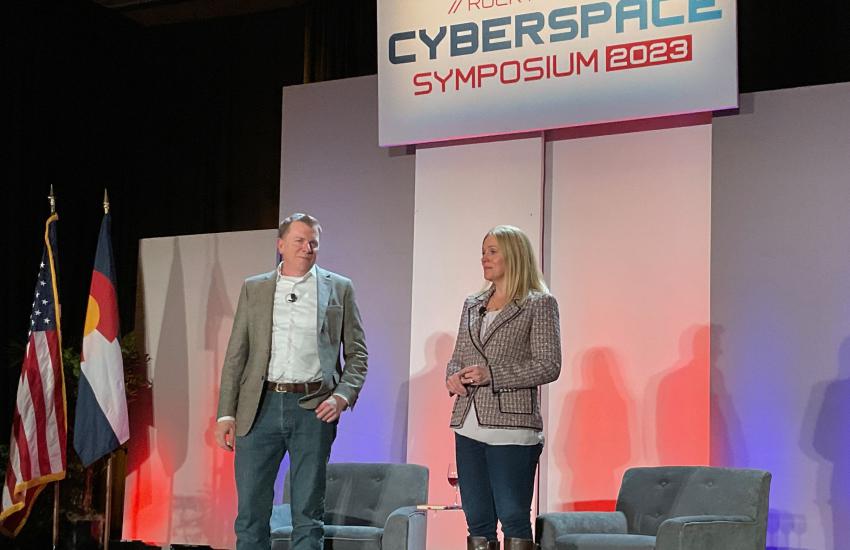
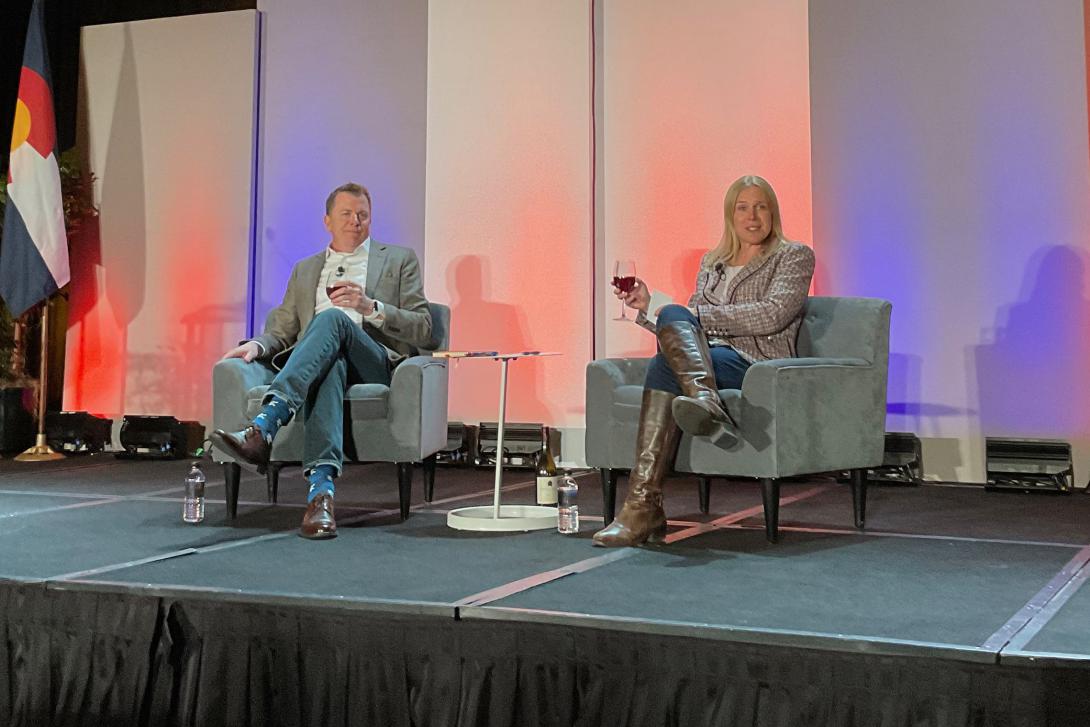


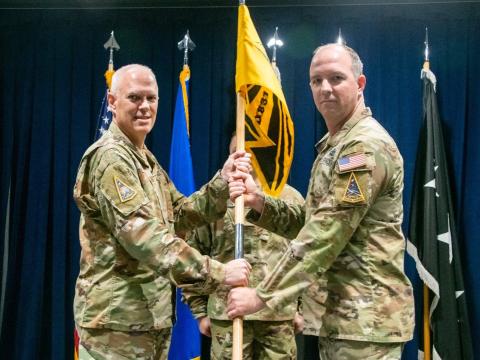
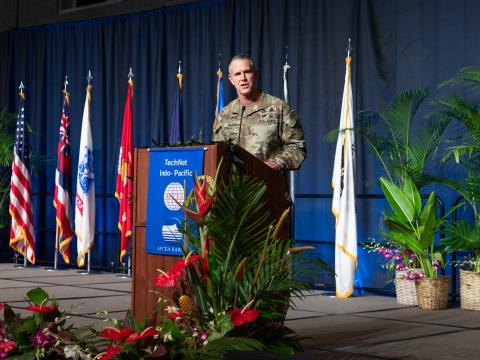
Comments